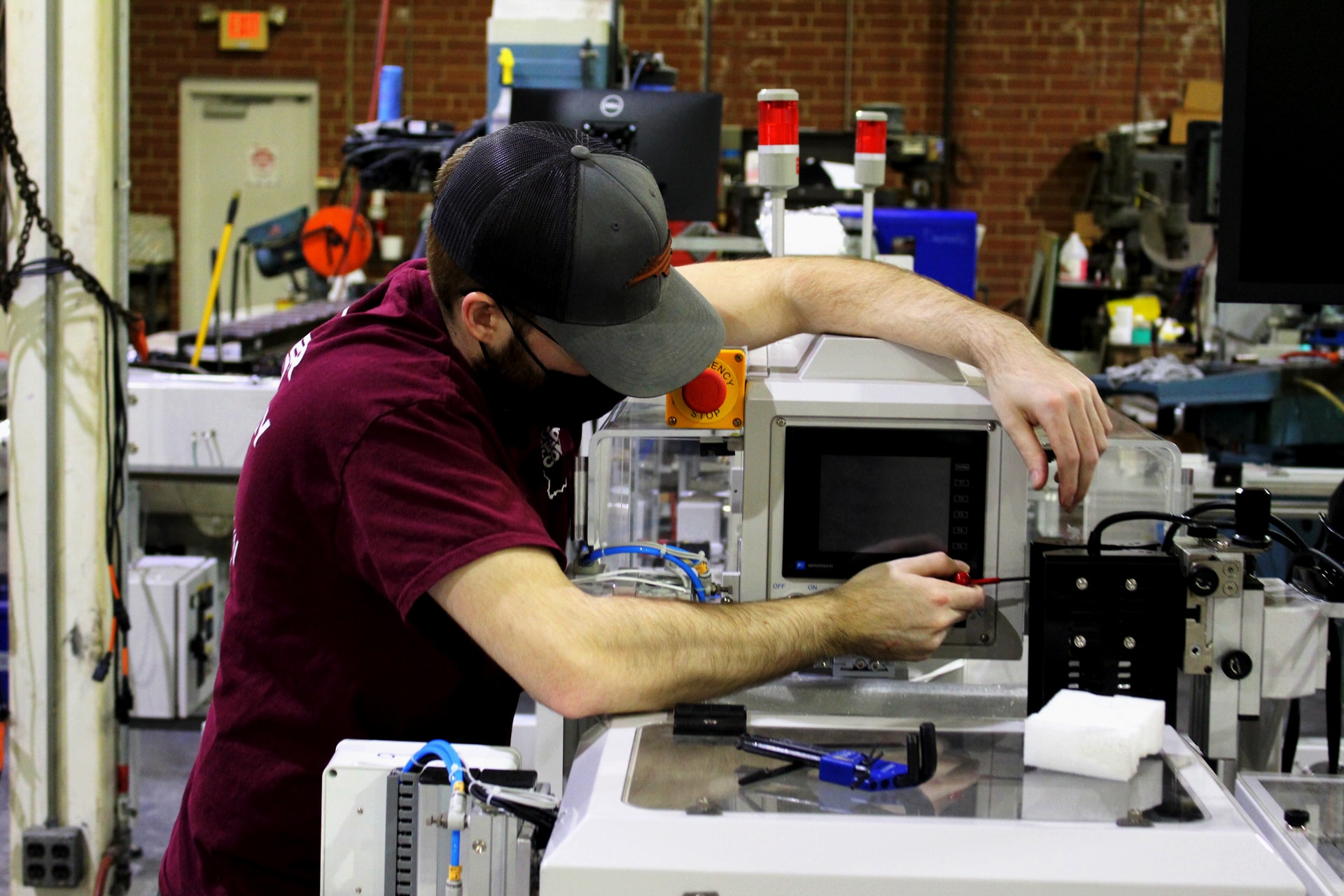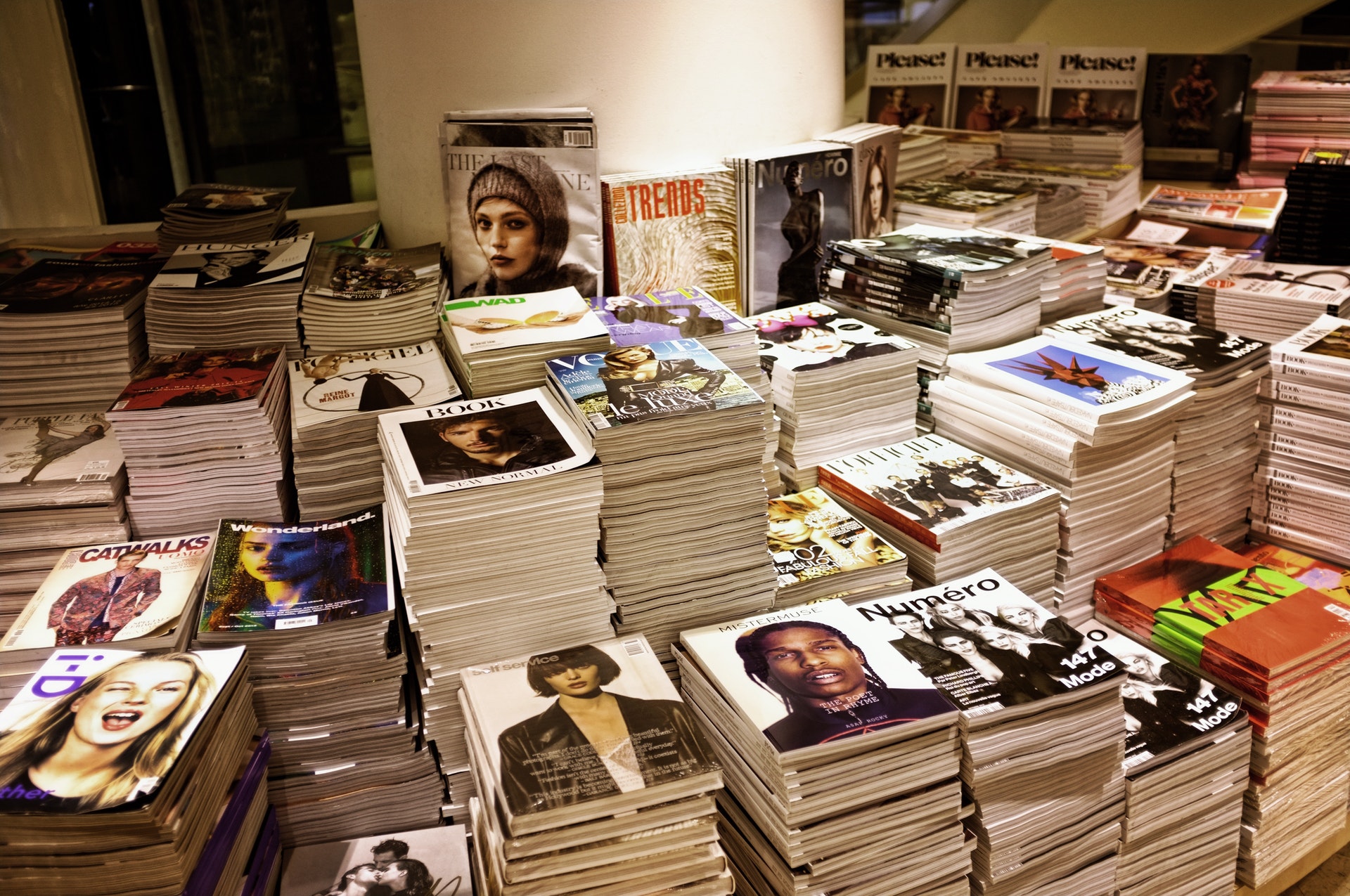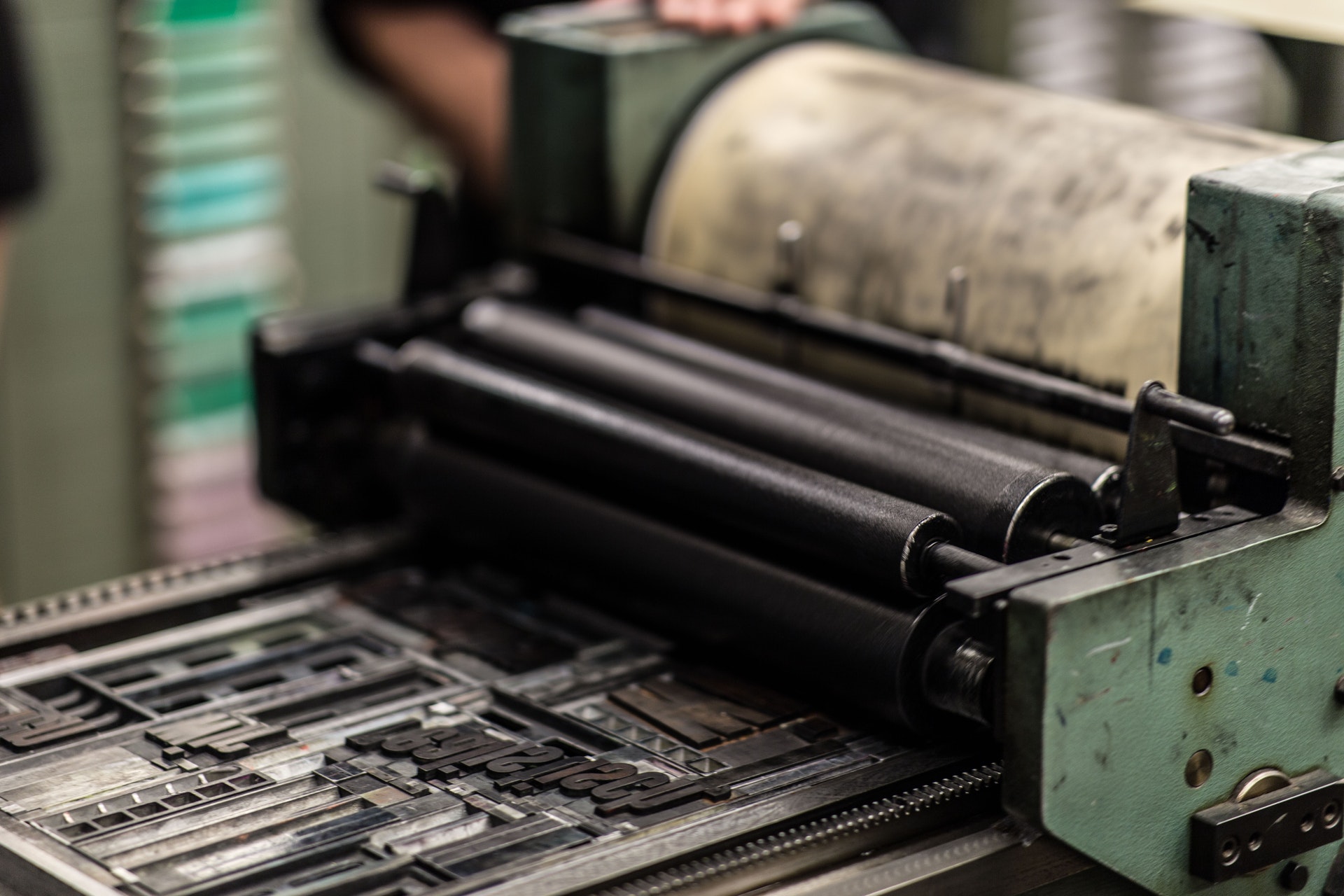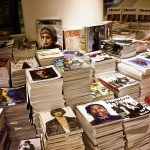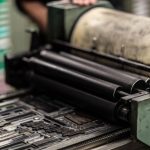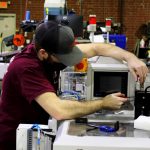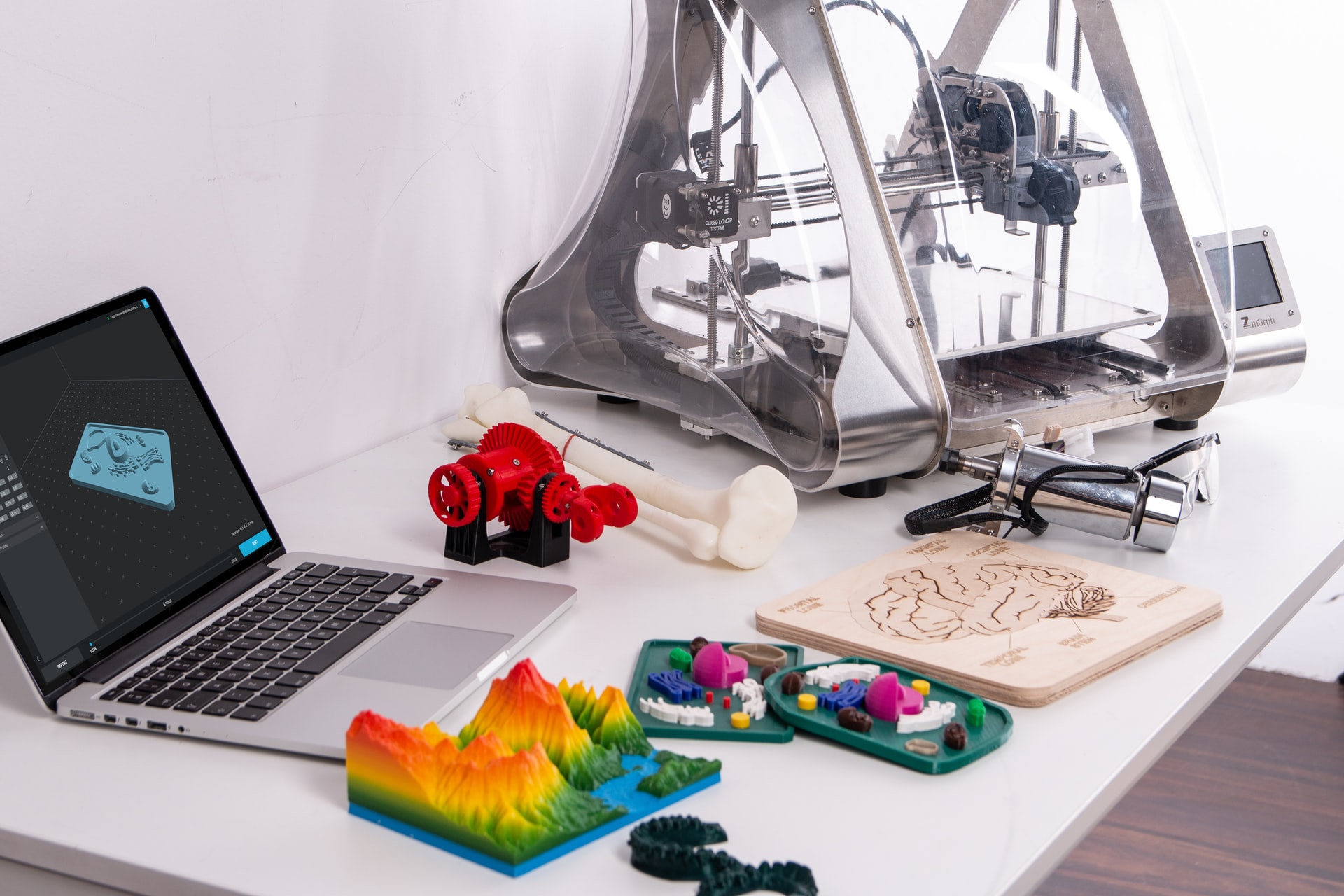In the earliest days, printers set type letter by letter and made reports from data given by a client utilizing presses, for example, the one displayed in Figure 22.2. In time the printing innovation improved, smoothing out the interaction so it was as of now not important to set kind manually. Page plan, nonetheless, was as yet done physically.
A much greater change happened when it became conceivable to utilize PCs to make work area distributed records. Thus, many individuals currently produce their own materials utilizing a laser or inkjet printer and a copier.
In some cases, it’s more straightforward, faster, or more practical to take work area publishing records to a printer to have reports delivered on proficient presses. Upon your first involvement in an expert print shop, vou mav run into a few new phrasings and assumptions that are regularly very unique in relation to your own printing experience.
Prior to starting, it’s vital to explain the words printer and press. At home or work, a printer is the gadget that delivers a paper archive you made on your PC. At an expert print business, the gadget that delivers that paper archive is known as a press and the individual who runs it is alluded to as the printer. To add disarray, the expression “printer” likewise alludes to the actual business. The press is an undeniable level printing gadget that capacities like your printer at home or work.
To make a printed report, it was once important to set kind manually, putting each letter independently.
A printer is an individual who utilizes a press or a gadget that creates a record utilizing a PC.
A press is a piece of gear utilized by proficient printers to make a record.
Presses, for example, this one made in the last part of the 1800s required no power since they were controlled by hand turning the huge wheel.
Printing
An expert printer can create a record in two ways. The primary cycle permits the printer to make duplicates from a unique, or expert, that you have effectively printed. The outcome is actually similar to making your own duplicates on a copier with the exception of that a press is utilized and the last duplicates are of more excellence than those from a copier. Speedy print shops frequently offer this assistance. With the other cycle, the printer makes the expert utilizing specific hardware.
Service Bureau
Most printers have an in-house prepress service department whose occupation is to change over your work area publishing documents to a structure that can be utilized by the printing gear. These electronic documents are then used to make a picture of the page that is recorded on film in an interaction called RIPping (raster picture handling or processor). In straightforward terms, RIPping is like sending your documents to your home or office printer. Be that as it may, RIP can create a lot higher goal picture than the printer in your home or office. The high-goal ace means a crisper, better-looking eventual outcome falling off the press. During the RIP interaction, the product can frequently fill different roles also, for example, checking for missing textual styles and pictures, shading catching, and that’s just the beginning.
An expert is a printed page or plate used to print a report.
A prepress service agency is a business that converts archives to records that can be utilized by a printer.
Tearing is the most common way of changing a document over to an electronic structure that can be utilized to make film.
Printers generally utilize an imagesetter, for example, a Linotronic to RIP records. Print shops have various kinds of Linotronic imagesetters that require explicit programming to pass on data between your PC and the printing hardware. This product is known as a print driver. Your print shop staff can let you know which print drivers work best with their gear.
Similarly as the printing system was smoothed out when it was as of now not important to physically set type the hard way, upgrades keep on accelerating the printing system. Many print shops today never again make the film that is utilized to deliver a plate. All things considered, PCs send electronic records straightforwardly to a plate producer, bypassing the middle of the road step.
Camera Ready
One of the initial terms you will experience while working with a print shop or service agency is camera-prepared. For a camera-prepared archive, no work is expected of the print shop other than the real printing.
On the off chance that an archive isn’t camera-prepared, printers are expected to make mechanicals, which are sheets onto which all the text and designs are set utilizing paste or wax. Regardless of whether a mechanical is given by the individual requiring the assistance, in some cases photos must be uncommonly ready and afterward positioned, or stripped, into an open region on the board. Placeholders, frequently noted as FPO (for position just), are made for pictures in the archive.
An imagesetter is the equipment used to RIP documents.
Linotronic is a typical brand of imagesetter.
A print driver gives data to work area publishing programming about the printing gear to be utilized.
Camera-prepared is the point at which a document is all set to the press without intercession with respect to the printer.
A mechanical is a design made by hand utilizing paper, stick, and frequently a gridded board.
Stripping is the method involved with changing pictures over to film.
FPO is an abbreviation “for position just,” demonstrating a placeholder picture being utilized instead of the one planned for genuine printing.
Paste Ups, for example, this one uses placeholders and sheets to spread out the plan of a page.
Since mechanical work is as of now finished, a work area publishing archive is viewed as camera-prepared. Few clients of print shops today require mechanicals to be built.
Printing is a cutthroat business with more organizations looking for a similar business.The Internet has changed how print shops carry on with work. Never again are they restricted to clients inside a couple of miles of their business. Printers can now look for clients from one side of the planet to the other. Records can be measured or moved to the print shop’s server from any place the client’s PC is found, I Prompt transportation choices make it conceivable to bundle and send print items into the following state or country. In light of the tough opposition, printers really should minimize expenses and to utilize every one of the assets accessible to them, f Creative promoting and proficient staff are a portion of the instruments that are expected of printers in this day and age.
Balance is a printing cycle that moves a picture from a plate to a cover that is counterbalanced to paper.
Lithography is the cycle used to print archives on an offset press.
A plate is a paper or metal sheet on which a picture is sliced or scratched to be utilized on an offset press.
Presses
Counterbalance squeezes (utilizing lithography) are the sort most often found in paper shops. To utilize an offset press, a plate should initially be created. As you read in a previous piece of this theme, plates can be made from movies or be created straightforwardly from a PC. A plate can be metal, paper, or any substance that will hold a picture.
The plate is then joined to a roller on the press. During the printing system, ink is turned over the plate. In light of the compound idea of the plate, just the picture draws in ink. The plate with the ink goes through water, which washes off the unnecessary ink. Then, the press moves the page’s picture on the plate to a surface or cover roller. The sweeping is then squeezed or moved upon the piece of paper.
This offset press is created by Heidelberg, an organization prestigious for assembling fine presses.
This plate seems, by all accounts, to be paper, however it is really a thick sheet of metal.
While this sounds like a confounded interaction, you have presumably experienced it yourself. Assuming you press your hand on a page of wet ink, the words from the page will move to your hand. On the off chance that you straightaway smudge it on another page, you will have made a counterbalanced print.
A web press is a specific balanced press that utilizes huge rolls of paper to deliver persistent pages of print. Papers are for the most part created utilizing a web press.
Counterbalance is called backhanded printing in light of the fact that the plate isn’t straightforwardly imprinted on the page. Other press types, for example, flexography, gravure, intaglio, and letterpress are viewed as immediate printing. A portion of these cycles etch the picture into the plate, while others raise the picture over the outer layer of the plate. In the two cases, ink is applied to the plate, which then, at that point, rolls onto the piece of paper.
Advanced printing, a cycle like printing with a laser printer, is turning out to be more normal, despite the fact that offset is still commonly more affordable. Advanced printing, nonetheless, gives greater adaptability and will keep on filling in significance.
It requires some investment to make a quality print item. The time you took to make your work area a distributed archive is just one component. When your record is finished, the printer should complete various advances that you don’t see. Your document should be RIPped, plates made, press time planned, arrangement finished, and verifications endorsed. This large number of steps should be done before your report can be finished. Attempting to rush these means might bring about an item that isn’t great. Approaching your printer with deference implies understanding the time the person needs to work effectively. Figure out how much lead-time is fundamental and afterward comply with those time constraints. Requesting that a printer produce print work quicker than is required is out of line.
While one brand of balanced press might show up fairly unique in relation to another, they all utilize a similar printing process.
A web press is a counterbalanced press that prints on lengthy rolls of paper like a newsprint.
Aberrant printing is the method involved with counterbalancing a picture to make a printed archive.
Direct printing is the most common way of printing an archive straightforwardly from a plate.
